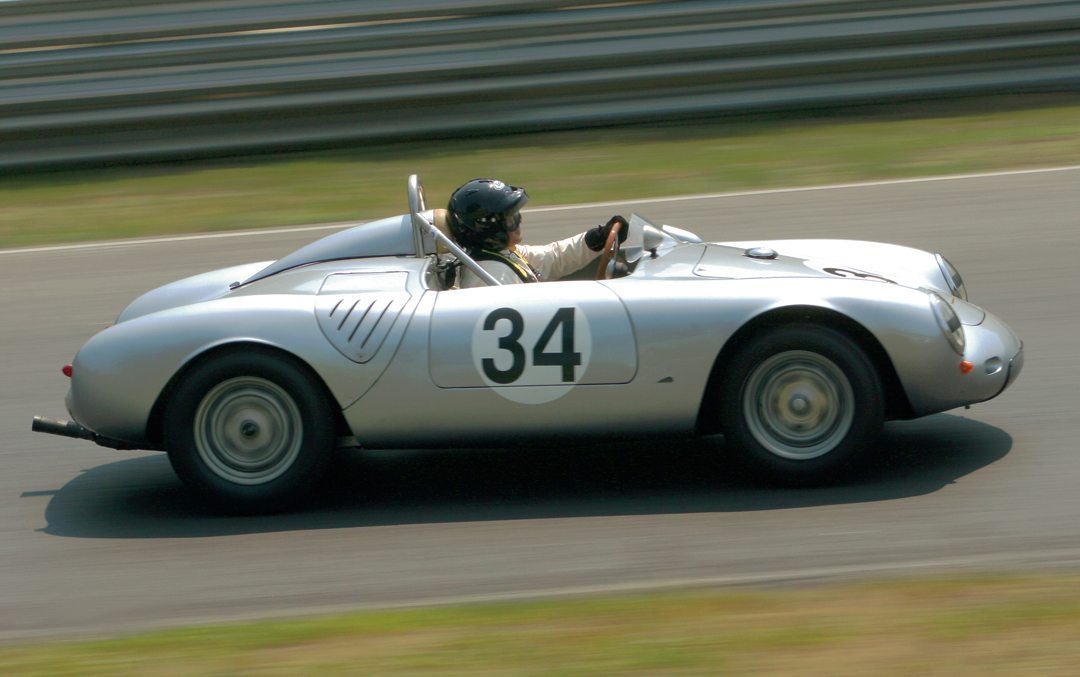Two-liter sports racing cars have always had a place to compete within the ever-changing regulations of international motor sports: the World Sports Car Championship from 1953-1961; the Speedworld Challenge from 1962-1963; the International Championship of Makes from 1964-1971; and the World Championship of Makes from 1972-1981. There was even a European Championship of Makes for cars up to two liters from 1970-1975. This allowed manufacturers to showcase their design and engineering excellence by producing a limited number of purpose-built racing cars to compete at the world’s greatest racing venues including Silverstone, Nürburgring, Le Mans, Monza, Daytona and Sebring. On the right circuit, these nimble cars could often get the better of their larger competitors. Today, these historic cars are highly sought after by collectors, not just for admiration of their technology, but also to participate in reenactments of these famous racing events. Most historic groups, both in Europe and the United States, break the categories down into pre-1960, 1960-1965, 1966-1970, and 1971-1978.
Porsche 550-550A-RSK-RS60 — What are they worth?
During the 1950s Porsche AG of Stuttgart Germany became world renowned for their beautiful aluminum-bodied Spyder racing cars. It started with the 550 in 1953, the 550A in 1956, the RSK in 1958 and evolved into the RS60-61 in 1960. As the cars evolved, they became technically superior, had enormous competition success and were made in much smaller numbers. For the life of the Porsche Spyders, value was determined by this hierarchy, as well as by design, technology, low production numbers and competition success. Then add to that condition and event eligibility. The 550, with 90 cars built and with the simplest technology and least impressive race success, was always the least valuable of all the Spyders. Astute collectors would value cars by the individual chassis number’s race history. Factory cars were always worth more than customer cars. The car’s structural integrity—did it survive as an original car or was it restored from a wreck—was key. Values were determined by looking at the past five or six recent sales, as well as what the other cars it competed against were selling for and what cars you could buy for that much money. In the past three years, these criteria seem to have been dismissed and prices have soared to record levels, largely stemming from a small amount of auction sales to a new type of buyer.
No Subscription? You’re missing out
Get immediate ad-free access to all our premium content.
Get Started



